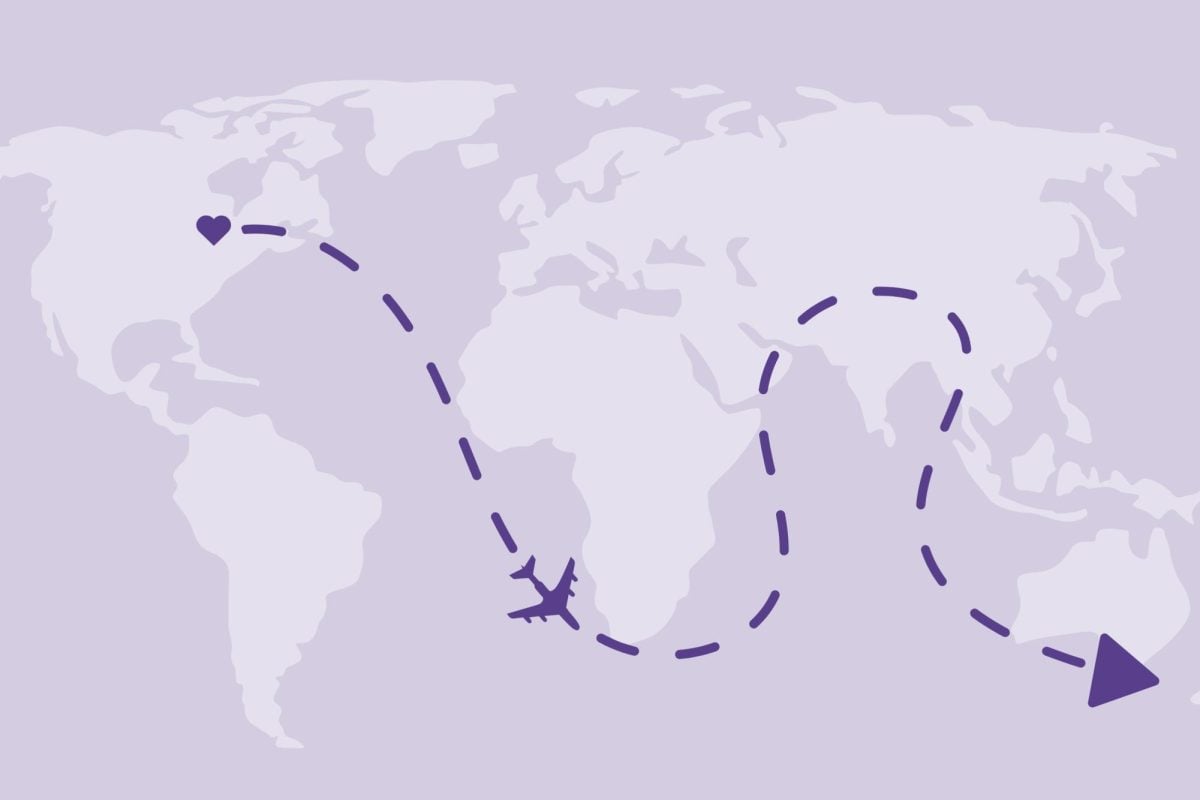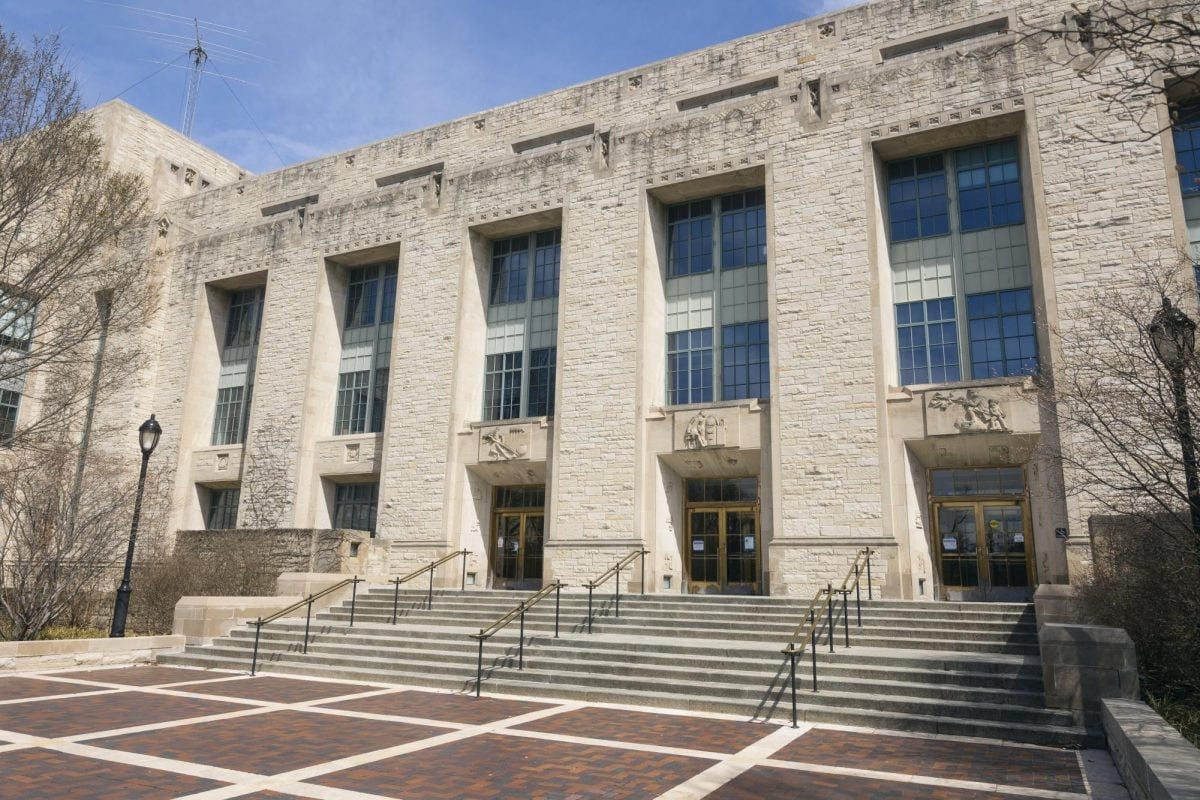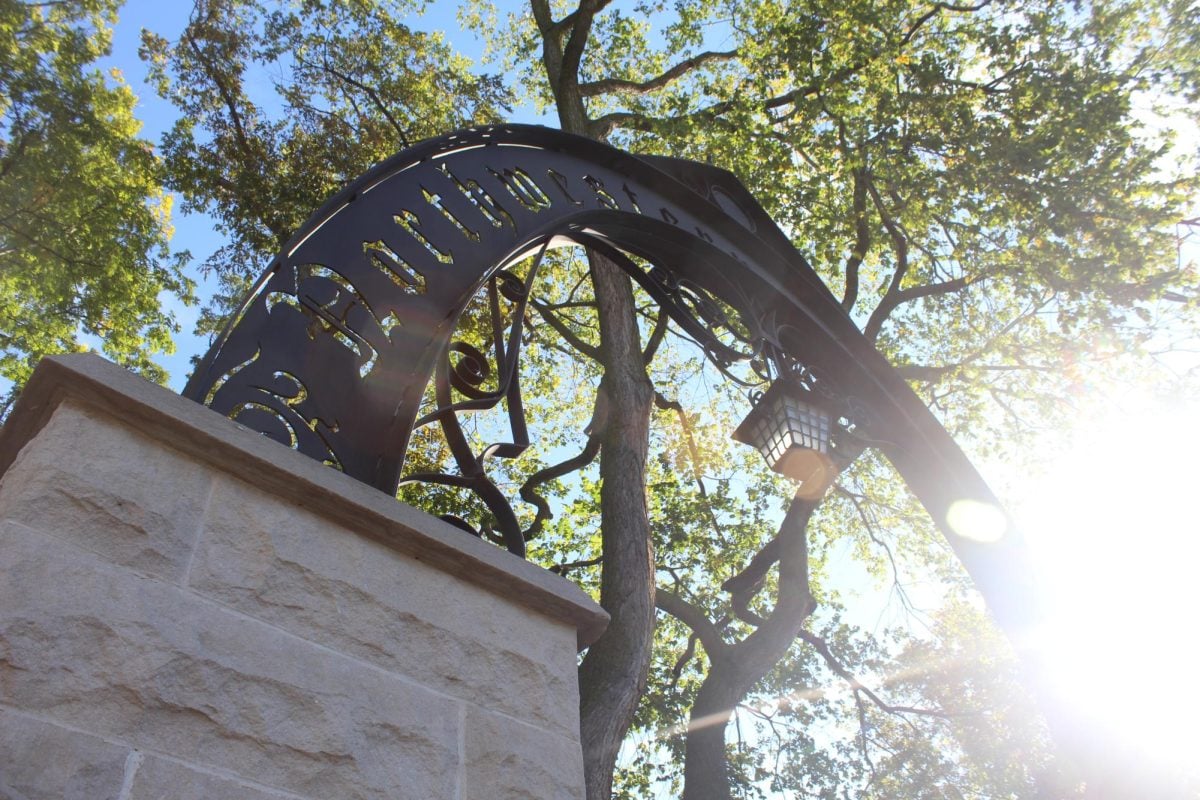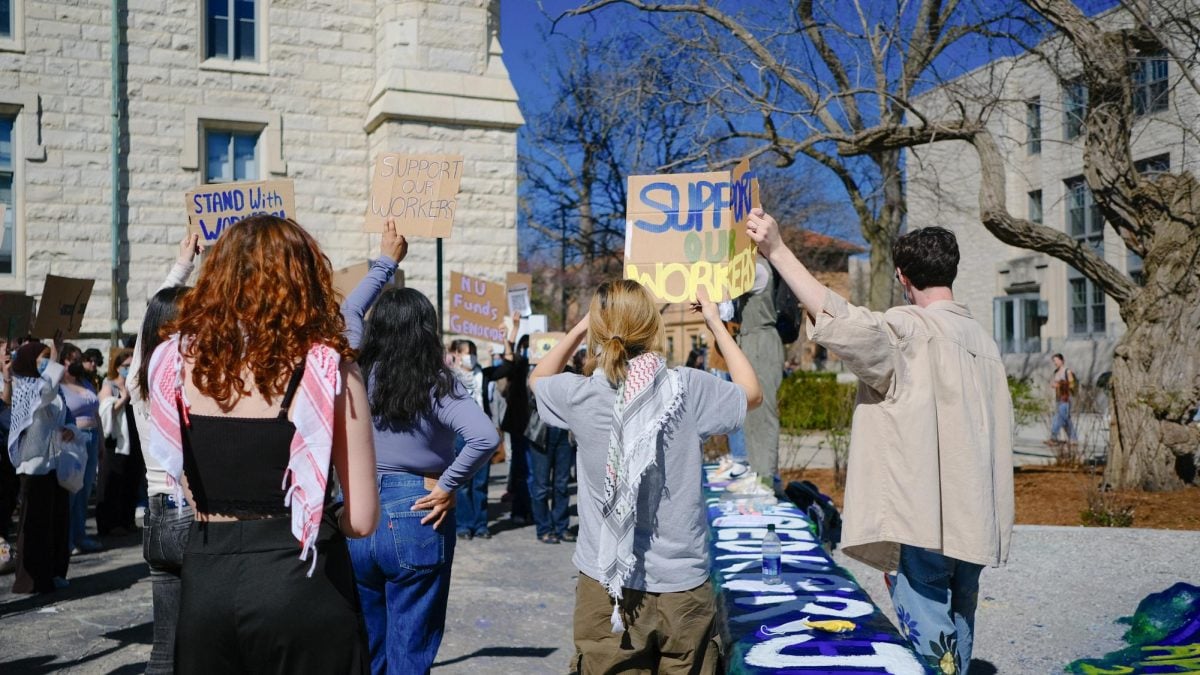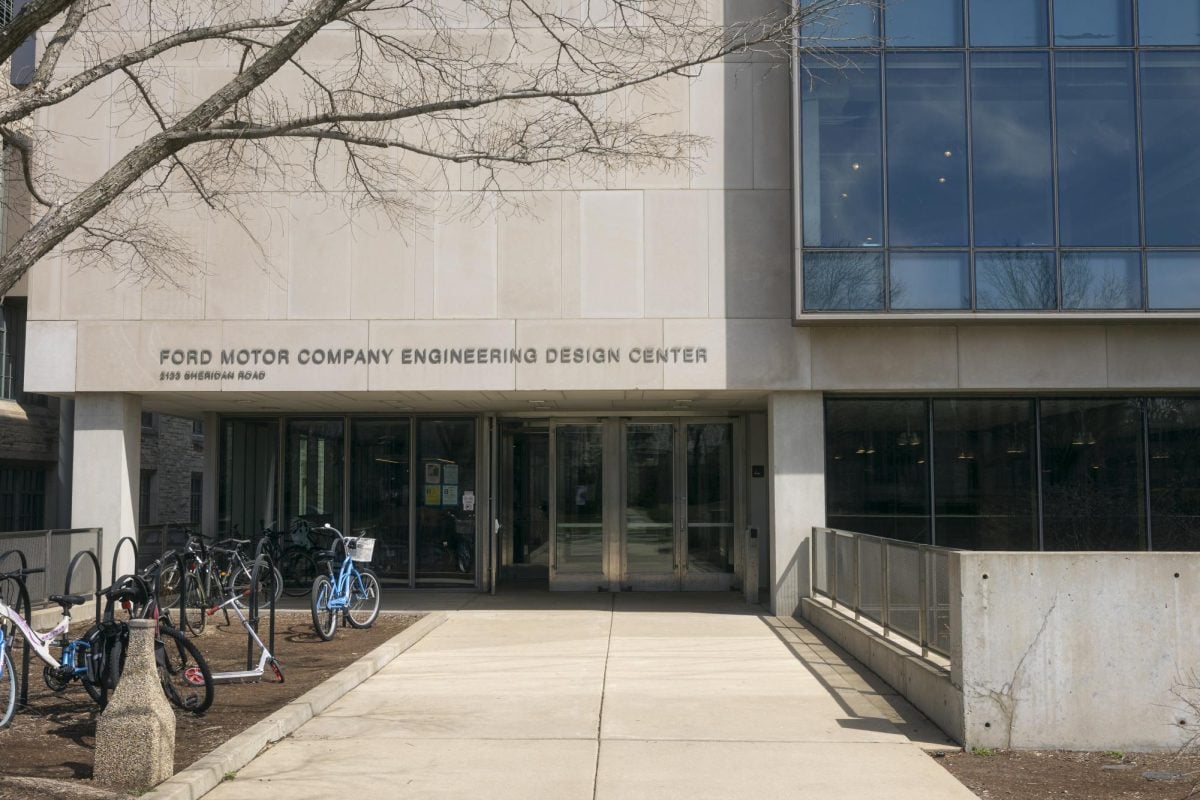When University President Morton Schapiro and Provost Dan Linzer unveil Northwestern’s strategic plan Nov. 1, Schapiro’s two signature fields of scholarship – higher education and economics – will meet. And if Schapiro is lucky, they’ll hit it off.
After two years of planning, revising and soliciting input from the Northwestern community, Schapiro and Linzer are beginning the extensive process of courting the academic and economic market; attempting to translate the University’s prospective 10-year design into donations and, ultimately, implementation.
“(The plan) seems to be compelling,” Schapiro said. “I’m doing 30 dinners with the University’s most loyal friends and supporters … My job now is to sell.”
The pitch will be a plan Linzer said has the potential to ultimately “change the culture” at NU, merging pre-professional and liberal-arts mentalities as well as the distinct undergraduate and graduate interests inherent to a university reliant on research dollars. Within Linzer’s overarching goal of streamlining the NU identity, sources say the plan could include more residential housing, an increase in aid for international students, expansion of NU’s international partnerships and campuses and a focus on co-curricular undergraduate education. The challenge in the planning, Linzer said, was preempting community members to think about the schools’ collective, rather than individual, goals.
Even once the plan is presented next week, there is no guarantee the ideas included will ultimately be realized. Schapiro said though the plan is more “strategic” in nature than similar plans at other universities, the language of the plan intentionally allows for individual schools to structure and carry out the plans differently.
“There are some components that will contribute to a significant cultural change at the institution,” Linzer said. “Which is back to the point about the kind of vocabulary we use to talk about Northwestern. Establishing a stronger sense of the University as a whole as opposed to a collection of individual schools would be a real transformation for the place.”
The Morty effect
Work on developing a Strategic Plan began before Schapiro was even formally inducted as president, a move Linzer said was intentional. In the summer of 2009, Linzer, along with University planning administration, began meeting with students, faculty and trustees to determine the process and direction of the idea generating.
The template used to establish the University’s previous strategic plan, The Highest Order of Excellence, was not necessarily the blueprint for the next iteration, according to vice president for administration and planning Marilyn McCoy.
“We came in with no priors,” McCoy said. “This process was more inclusive. With the Order of Excellence it was a lot of highly qualified staff, but a limited number.”
But when Schapiro was inducted in fall of 2009, he came in with a clear vision for developing a thriving research and undergraduate community that not only coexisted, but also collaborated. It’s a goal that is reflected in the final version of the plan, Schapiro said.
“We have work to do, ” Schapiro said. “We all know that, but I think at the end if we successfully implement the plan we will be helping to implement a model where you don’t have to decide either you’re a great research university or you’re a great undergrad (university). I think you can do both and that’s what we’re doing.”
When Schapiro served as president of Williams College he helped to shape the school’s strategic plan, which shares many of the goals Schapiro said are integral to NU’s plan.
“President Schapiro has expanded the faculty, increased the diversity of the student body, reorganized the residential system for undergraduates, and significantly expanded the physical campus. In addition, the College has enhanced its financial aid packages and extended need blind admissions to international students,” Williams’ 2007 accreditation report states.
In February, Schapiro told The Daily he wanted to push for $50 million in need-blind aid for international students.
“I’m going to say that, ‘I think this is important. What do you think?’ and I’m going to try to find some money,” Schapiro said. “We have some prospective donors all over the world who might really support that.”
Linzer said that while Schapiro’s experience has been “influential,” the two have been extremely collaborative throughout the process. Linzer served as Dean of Weinberg for five years before taking over as Provost in 2005, and he said his experience informed his role in the process as well.
The process
After extensive vetting, Linzer and Schapiro announced four areas of interest to guide the plan: research, educational experience, community and outreach beyond the Northwestern campus. From there, workgroups were created to address those issues, as well as other which would roll into the overall structure.
The workgroups, ranging from areas of academic research to University marketing, included administration, students, faculty and trustees. The groups met “frequently” during more than a year-long process of conducting forums and presentations, Linzer said.
Evelyn Caliendo, director of planning & associate secretary to the Board of Trustees, said faculty, administration and trustees were chosen for the workgroups to reflect the range of interests in the community.
Co-chairs for each workgroup were selected in a very deliberate process.
“We tried to put together co-chairs who didn’t necessarily know one another,” Caliendo said. “We really liked the idea of selecting people from different fields and backgrounds to shape the process.”
The co-chairs of the “Areas of Distinction: Scholarship, Research, and Creative Work” workgroup illustrate precisely that construct: Chemistry professor Terri Odom and marketing professor Greg Carpente
r were tasked with running a committee that suggested specific areas of research for the University.
“Greg was an invaluable part of the process to me,” Odom said. “He really helped shape the way we thought about things, and brought such a different sense of the University than I had. Students, of course, were also integral.”
Linzer said the strongest student candidates were those whom faculty recommended because of ‘high campus involvement.’ Self nominations were permitted but generally those students were not selected, Linzer said.
Weinberg senior Trey Herr was one of two student members appointed to the ‘Globalization’ workgroup. Herr said he felt student input was valued during the process, though non-students – faculty, administrations and trustees – disproportionately comprised the committees.
“Certainly they seemed to take our ideas seriously,” Herr said. “But I’m not sure how much overall input students will have. But then, of course, how much input should students really have? We’re a fairly transient community at Northwestern.”
The numbers
The ideas outlined in the strategic plan will remain theory unless individual schools and, perhaps most significantly, donors, lend concrete support to implementation. In conjunction with the strategic plan, the University will soon launch a capital campaign, McCoy said.
“There is a whole marketing phase we are about to enter,” McCoy said. “The trustees are very aware of that.”
The 76-member Board of Trustees was the last group to see the final version of the strategic plan, which has been modified since the workgroups submitted their proposals last spring. Board of Trustees chairman William Osborn said the board saw a draft at its June meeting, and got a copy of the most recent version at its Sept. 26 meeting.
Osborn said trustees engaged in “healthy debate” about many of the provisions, including increasing need-blind aid to international students and potentially expanding Northwestern’s global campuses.
“This is a lot about balancing our ambitions and our resources to the practicality of what we can do,” Osborn said.
Osborn said the board took into consideration the marketability of the plan, though it did not shape the actual content.
Odom said the “areas of distinction committee,” which was ultimately responsible for selecting 10 areas of scientific research for the plan, took a similar approach in early development stages.
“We only took it (marketing) into account when we were thinking about some of these ideas for research which were fantastic, but maybe very sophisticated and specific,” Odom said. “If Schapiro can’t say it in one sentence to a donor, it’s not going to work.”
Linzer said a sensitivity to donors, and an awareness of the importance of improving rankings – NU has been ranked No. 12 in the nation for four consecutive years by US News and World Report – were considerations, but did not explicitly impact the content of the plan.
“We’re clearly among the very best, we’re roughly the top-10,” Linzer said. ” Does that get reflected in the rankings? Yes and no. Rankings of institutions are, roughly, nonsense. What’s the real measure of excellence? What does that have to do with excellence? Beats me. But of course ranking are part of the equation.”
The plan will be presented Nov. 1 on Northwestern’s Evanston campus and the next day on the Chicago campus.

